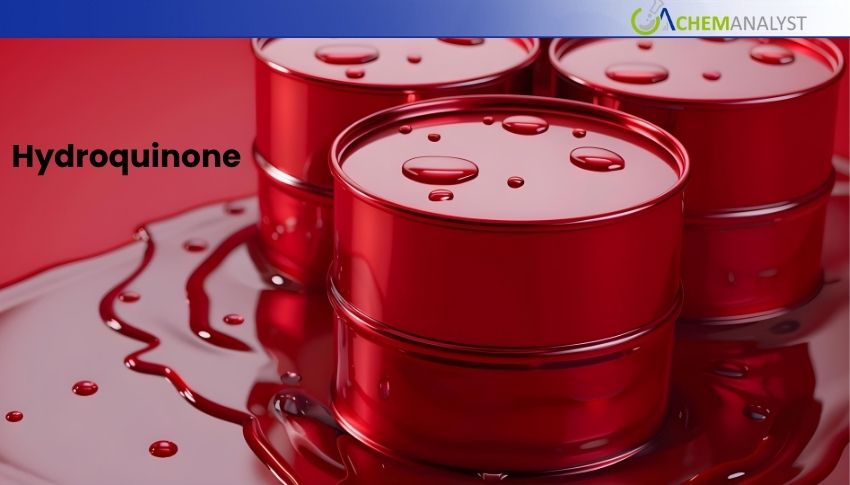Welcome To ChemAnalyst

Hydroquinone prices surged in July 2025 due to a combination of tight supply, rising raw material and energy costs, logistical disruptions, and regulatory pressures. Key factors included refinery output cuts, annual plant maintenance in Europe, shipping delays, and robust demand from cosmetics, pharmaceuticals, and specialty applications. Additionally, macroeconomic factors like a weak euro and higher environmental compliance costs in Europe further pushed prices up. The market remains volatile, requiring stakeholders to adopt agile sourcing and data-driven strategies.
Hydroquinone prices in July 2025 saw a steep hike in key regions. The cost increase is due to a combination of reasons such as limited supply, increasing raw material prices, logistics challenges, and regulatory factors.
Upstream Benzene price increased because of limited refinery production and substitute demand from other chemicals, whereas raw material phenol price remained flat but had no relief as it plays a crucial part in synthesis. Rises in energy costs throughout the European Union raised production costs to chemical factories, with the additional cost squeeze that Hydroquinone producers were already experiencing.
Production planning also influenced supply. Some of Western Europe and France's leading specialty chemical facilities took annual summer maintenance, temporarily cutting Hydroquinone output. In the meantime, shipping delays slowed ports like Le Havre, with strikes and insufficient labor slowing exports and raising inland transportation costs. These delays immediately raised Hydroquinone prices by decreasing supply availability and making delivery schedules more complex.
Downstream customers felt the effect directly. The cosmetic industry witnessed robust, even boisterous, demand for Hydroquinone product sales during peak periods of UV radiation exposure, especially in the US. Speculation of tighter Food and Drug Administration regulations triggered stockpiling, reaching optimum short-term use. Pharmaceutical company usage and specialized applications in photographic and dye industries sustained leveled buying, softening the price peak by providing consistent demand.
Macroeconomic and regulatory considerations also influenced market conditions. The relatively weak euro against the US dollars in July brought cost volatility to Europe based producers of Hydroquinone for export. At the same time, meeting higher European REACH environmental standards raised operating expenses in waste treatment and emission control, forcing price floors upward. Global bottlenecks in transport, particularly in the Red Sea, raised shipping rates and lengthened delivery, further tightening Hydroquinone's market.
With these strong price drivers upwards, stakeholders of the value chain in Hydroquinone need to move fast. Players in the industry, ranging from importers and exporters to end-use consumers, are urged to be highly responsive to changing market intelligence. Redesigning sourcing strategy and making use of real-time data platforms will become key to riding out this volatility and attaining supply continuity.
As per Chemanalyst, the July 2025 the Hydroquinone market is characterized by sharp price hikes fueled by coordinated supply shortages, raw materials price hikes, and sustained demand across various industries. Market participants must stay alert as Hydroquinone's primary function in industrial and cosmetic applications worldwide continues to expand.
We use cookies to deliver the best possible experience on our website. To learn more, visit our Privacy Policy. By continuing to use this site or by closing this box, you consent to our use of cookies. More info.
